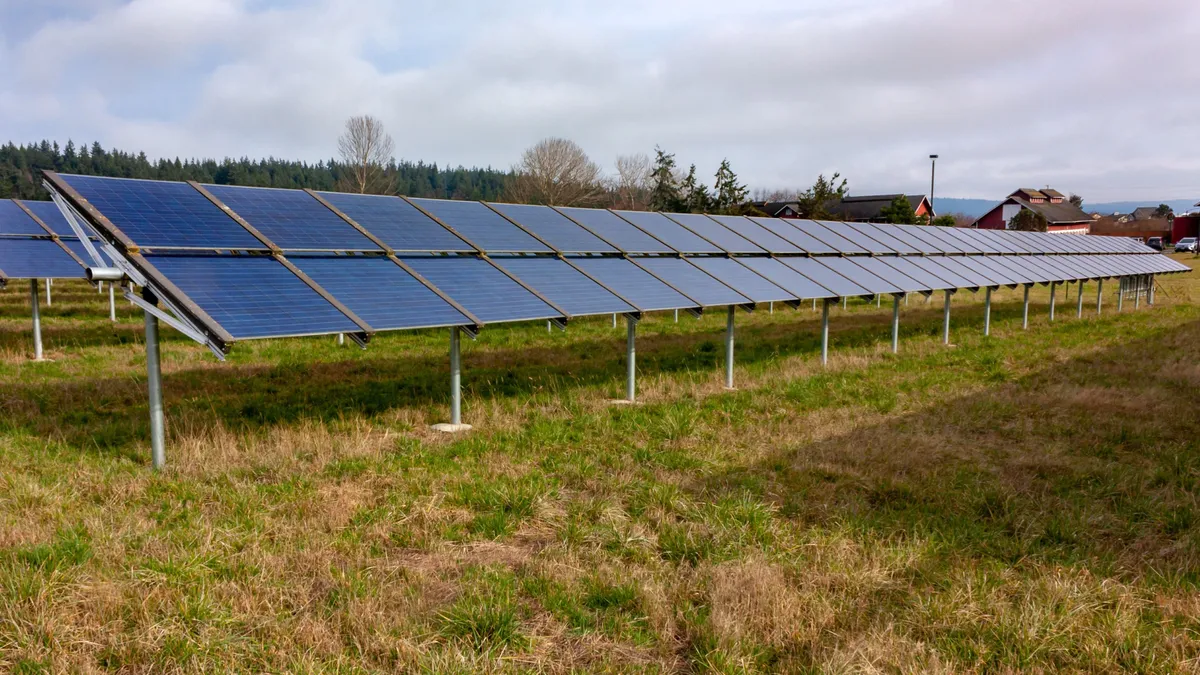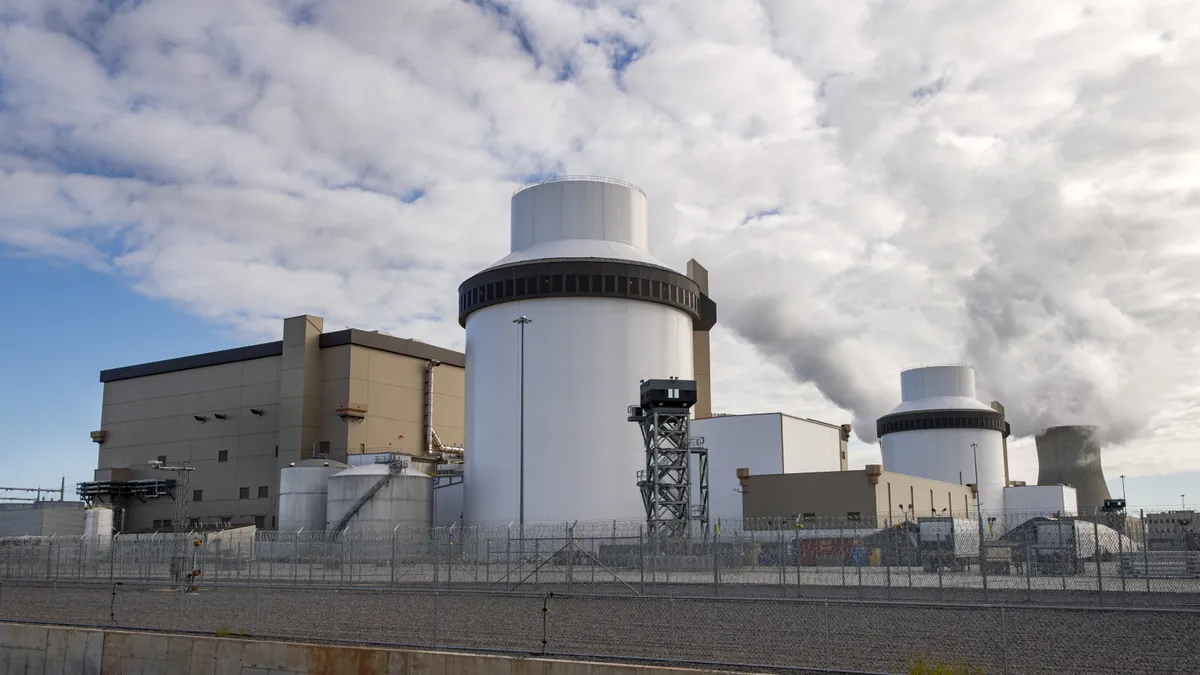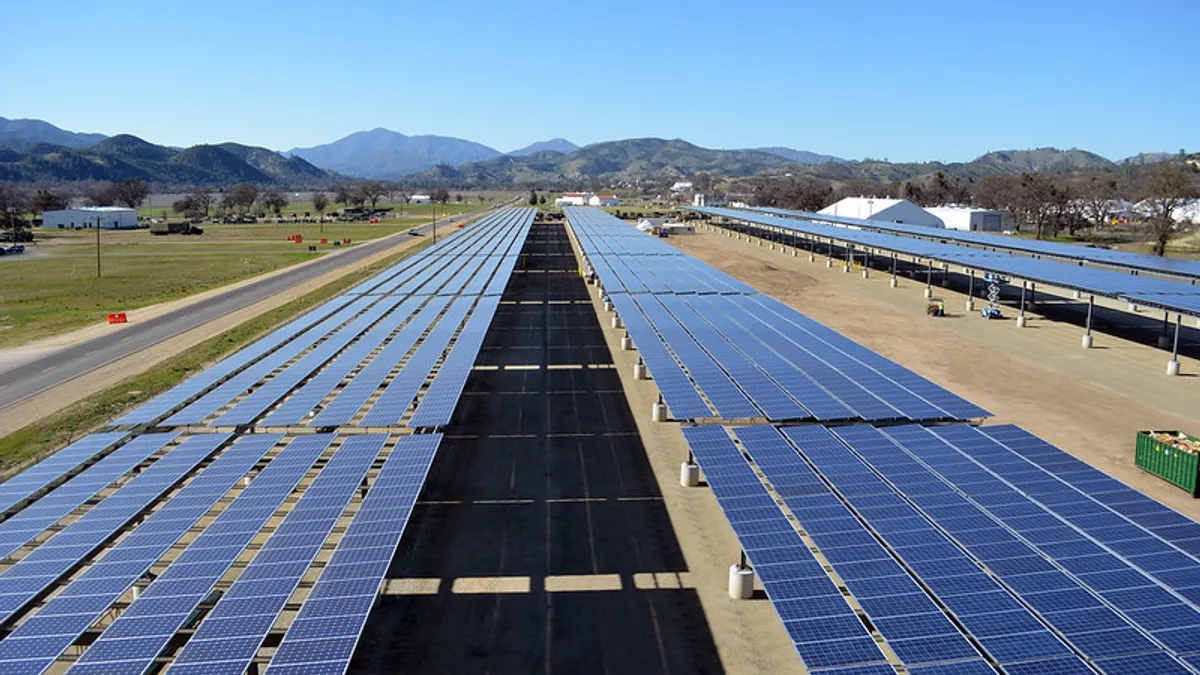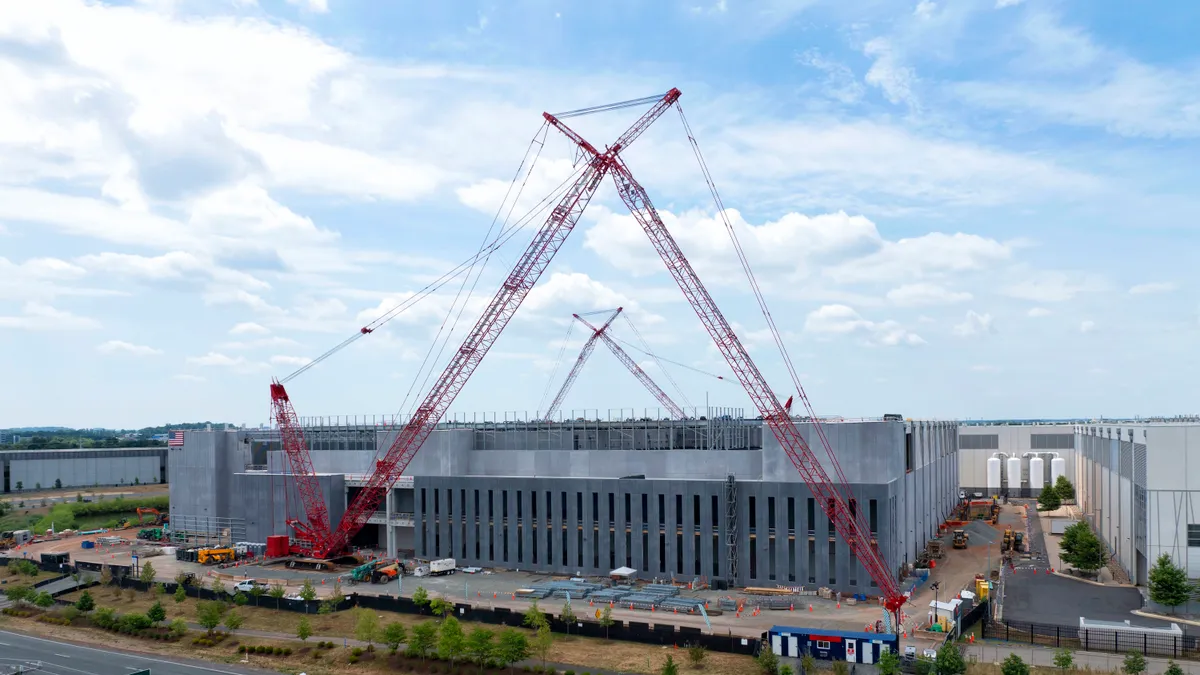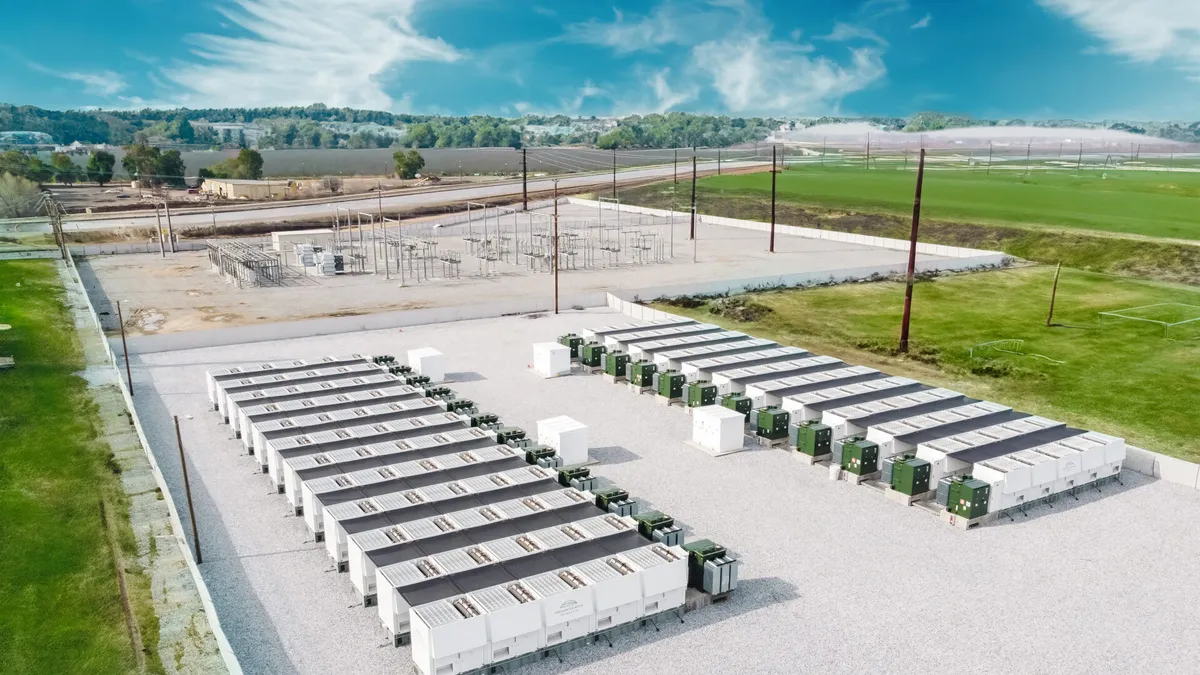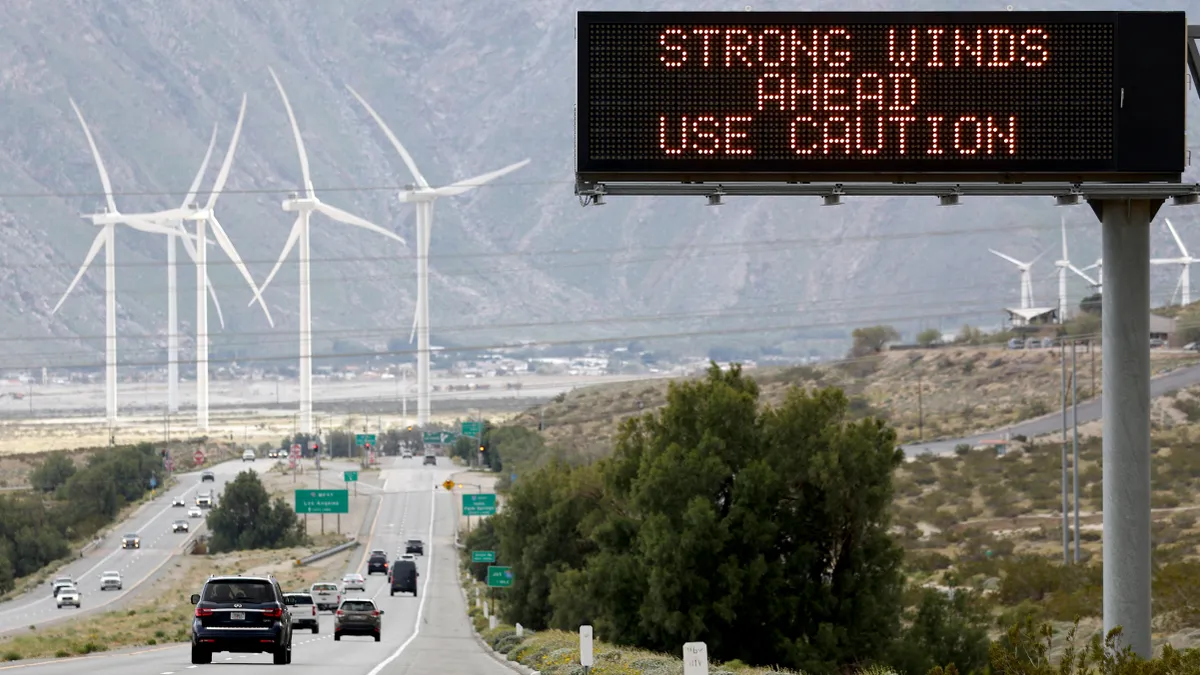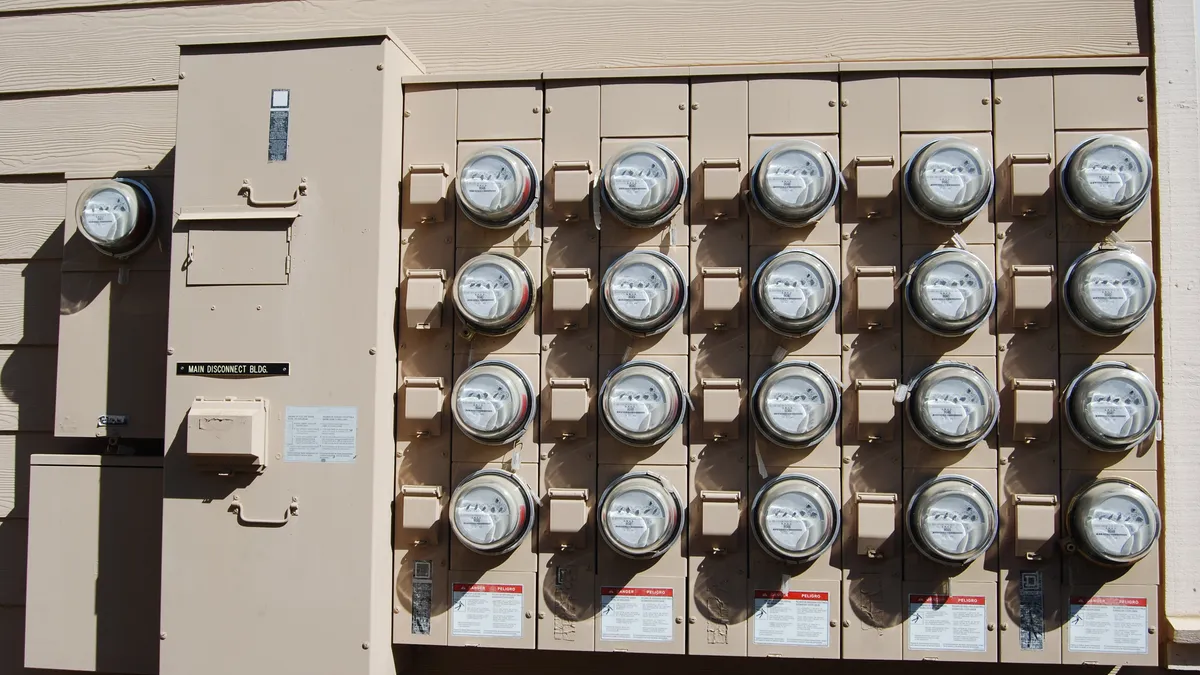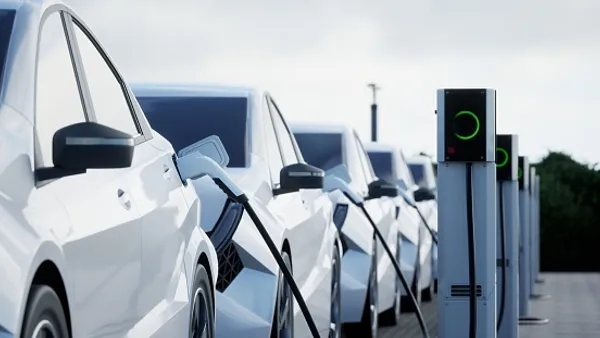Karl Rábago is principal at Rábago Energy, a consulting firm in Denver, and a former commissioner at the Texas Public Utility Commission.
Whether to power booming growth in data centers for AI or to mine cryptocurrency, projected demand for new energy reached unprecedented levels in 2024 — and will continue growing in 2025.
The good news is the menu of options for generating energy has never been more diverse. Yet, as a wide range of technologies continue to mature, such as community solar, traditional utilities are not playing fair when it comes to integrating these options into the broader power grid.
In recent fights over community solar legislation in numerous states, utilities have homed in on one singular argument to dissuade lawmakers from supporting a policy widely backed by broad coalitions: “cost-shift.” As domestic inflation continues to be hot and cold, invoking the term “cost” immediately spooks legislators and utility commissions, who are rightfully sensitive to anything that could further strain constituents’ pocketbooks already stressed by rising electricity bills.
Utilities claim that when some ratepayers benefit from community solar, others unfairly bear the cost. Studies from multiple states have proven this blanket claim to be false — the benefits of distributed energy resources outweigh their costs. Perhaps more importantly, consumers should know that the basis of utility ratemaking is cost-shift — no matter what the energy source may be. Much like death and taxes, the next utility rate hike is unavoidable. But regardless of where or what type of investment is made in the utility system, consumers next door or hundreds of miles away get stuck with that cost.
Rather than falling for this straw man argument, policymakers and ratepayers are much better served by demanding full and true assessment of the total costs and benefits that resources like community solar bring to the grid and how they impact our collective long-term energy costs.
How utility rates work and who bears the cost
Utility regulation is an exercise in cost-shifts. A rate case takes all the costs to build and run a distribution system (and generation in integrated markets), shuffles them all together and deals them back out to customers using allocations and averages. Public service commissions do their best, but this is an inherently imprecise process. The reason? While utilities lump all customers into a few “classes” and charge “average” rates, there are immense differences at the customer and neighborhood levels. The net result is a series of known and predictable cost-shifts.
For example, high fixed charges increase overall costs for low-usage customers and allow higher-usage customers to benefit from lower per-unit costs. Connecting very large homes to the grid costs much more than connecting apartments. And customers located near generation resources pay the same transmission rates as everyone else, despite imposing lower costs on the system. Customers at the end of long lines pay the same as customers in the heart of the system, despite often requiring more infrastructure and maintenance to achieve reliable service.
Everyone subsidizes customers who can’t pay their utility bills. There’s nothing wrong with this. Electricity is a natural monopoly, which means that utilities provide an essential service to a captive pool of customers. State commissions engage in ratemaking, the technical term for this cost-shifting exercise, for each utility system in their state, year after year. Utilities benefit from cost-shifting within their rate structures every day. For example, most customers pay the same price for electricity during every hour of the day, even though production costs are typically much lower at night.
So, unless we expect every individual to make their own electricity, cost-shifts make the current utility business model work. What is wrong is the weaponization of the concepts of cost causation and cost allocation, which have dictated electricity distribution rates for more than 100 years. Misrepresenting these concepts and leveraging them against customer-driven choices like community solar is simply dishonest.
Distributed generation enters from the bottom up
Somehow, despite this reality of the existing system, when it comes to non-utility investments in the electric system, the conversation becomes unnecessarily confused and hard to follow. Solar panels installed in community-scale systems produce electricity which will be utilized nearby in the distribution grid.
The electricity from distributed generation flows into the distribution system — and is consumed in approximately that location. Who consumes the electricity is irrelevant. Rather, power markets structure myriad transactions over months, weeks, days and hours to ensure that generation is compensated sufficiently to keep the lights on. Electricity — in the grid — is the definition of a fungible commodity.
Distributed generation reduces what the utility needs to purchase or generate. Locally-generated electricity does not flow through the transmission system because it serves the nearest proximate load. Local generation creates other benefits as well: it reduces wholesale market capacity costs, increases the share of emissions-free electricity, provides grid operations services and modernizes the local grid. Regardless of who receives the power, these benefits accrue to the system overall, reducing utility costs in the near and long term. These benefits have quantifiable values that commissions already calculate and credit, for example, in designing time-of-use rates and demand response programs.
Follow the value
The key question for distributed community generation is the fair allocation of those benefits. The local customers in close proximity to the generation use the actual electricity. And these customers may or may not be subscribers/investors in this community generation. When nearby customers pay their electricity bill, the utility makes money from the valuable distributed generation. The utility saves money by serving customers with local generation supported by non-utility investments. And when the utility saves money overall, all customers should share in these savings. To get more of this money-saving, non-utility investment, regulators and utilities should compensate local generators fairly for the value those community energy facilities and subscribers bring to the system.
Avoiding big utility system costs with local generation creates real value, and commissions across the country have accepted this for decades in energy efficiency and other programs. If the utility is allowed to retain all, or most, of the value then developers won’t be able to finance and build these projects and subscribers who choose to support new sources of energy generation won’t be able to realize these values in the form of electricity savings.
The question before any legislature or commission considering community solar isn’t whether there is a cost-shift. The question is how to fairly allocate costs and benefits between utilities, subscriber investors and other utility customers. There are two main options: use utility savings to credit fair value to the developers and subscribers who build these money-saving projects and to other customers as well, or continue to enrich only the utility with business-as-usual options.
This is where the public utility commission holds all the cards — they determine the daily cost and value of utility services and are duty-bound to serve as a substitute for the forces of competition that utilities would face in a free market. With community solar, the market will provide investment dollars for local generation if non-utility investors can earn a fair return. Utilities will still have plenty of opportunities to enrich their shareholders with 9% profits on every dollar they invest on the things they do best and more cheaply. Utilities have made the integration of community solar painful for a long while — largely by complicating terminology like “cost-shift” and capitalizing on the complexity of utility ratemaking.
To meet our daily domestic energy needs, as well as drive competition amongst state energy providers, all options should be considered by commissions across the country. The either/or argument from utilities about non-utility generation shouldn’t work any more. Let’s be sure that those officials, lawmakers and everyday energy consumers have the right facts on how electricity is produced, distributed and priced, instead of misleading them.


